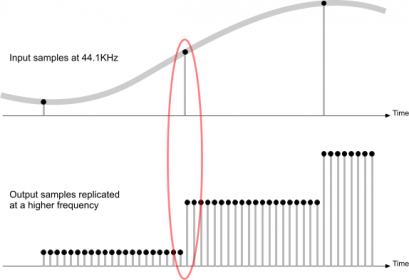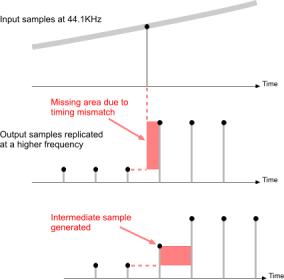What are people's view on ASRCs? I find that an ASRC benefits highish to medium jitter sources but invariably masks the benefits of low jitter sources.
I always am suspicious when a number of different inputs into a DAC all sound the same! It could be that the DAC is doing such a good job of jitter reduction that it makes all inputs behave at their best but in my experience, with DACs that have defeatable ASRCs, they sound better without ASRC when using low jitter sources. Even the ESS DACs, that have a supposedly very sophisticated ASRC, sound better when ASRC is turned off.
Any experiences to relate?
I always am suspicious when a number of different inputs into a DAC all sound the same! It could be that the DAC is doing such a good job of jitter reduction that it makes all inputs behave at their best but in my experience, with DACs that have defeatable ASRCs, they sound better without ASRC when using low jitter sources. Even the ESS DACs, that have a supposedly very sophisticated ASRC, sound better when ASRC is turned off.
Any experiences to relate?













